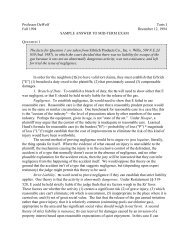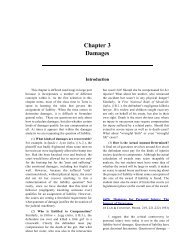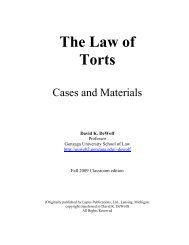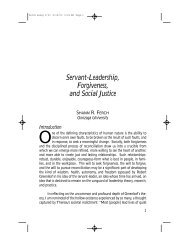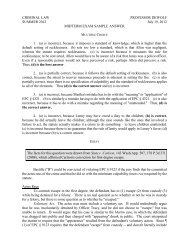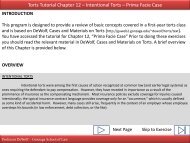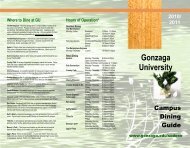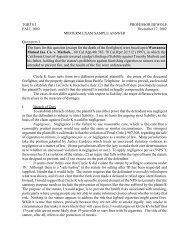sample answer
sample answer
sample answer
You also want an ePaper? Increase the reach of your titles
YUMPU automatically turns print PDFs into web optimized ePapers that Google loves.
DeWolf, Torts II, Summer 2000, Sample Answer Page 2<br />
Warning. Beth would probably also assert that the product was defective in failing to<br />
provide adequate warning of the product's dangers. The difficulty for her would be to show that<br />
some kind of warning could have been given that would have made a difference. Even if a warning<br />
were placed on the motor or on the boat or in the owner's manual, it is hard to see how it could have<br />
prevented this injury.<br />
Statute of Repose. As a remote possibility, the age of the boat (17 years on the day of the<br />
accident) might trigger a statute of repose, if the jurisdiciton has one.<br />
Contributory Fault Issues<br />
If Beth succeeded in proving that the product was defective, her claim would be limited or<br />
possibly barred by her own contributory fault. Under Linden statutes, LSA § 1A.1, Beth's claim<br />
would be barred if she were found more than 50% at fault. The statute seems to provide that her<br />
claim would be barred if her negligence is greater than that of a person "causing such damage," or of<br />
it is greater than the combined negligence of the persons causing the damage. I'm not sure what that<br />
means. 3 A second defense would be that Beth assumed the risk of injury. She knew about the danger<br />
of the propeller, and encountered it anyway. As to this claim, it would probably be a simple case of<br />
contributory negligence, and there would be no need for separate instruction. On the other hand, we<br />
might assert that her decision to go inner-tubing behind a speedboat is an additional assumption of<br />
risk, like skiing or doing pyramid stunts, which has an inherent risk that should be used as a form of<br />
comparative fault, or possibly to bar the claim entirely. I don't think a court would use this to bar her<br />
claim, but we should ask for a separate instruction on assumption of risk.<br />
Comparative Fault<br />
We will argue that not only was Beth at fault, but so was Danny, her stepfather. He drove<br />
the boat in such a way that it confused her into thinking it was safe for her to climb in. He should<br />
have turned off the engine or maneuvered the boat so it wouldn't run over Beth.<br />
One problem for us will be the potential for an immunity claim. As Beth's stepfather, Danny<br />
would be entitled to parental immunity, but only for those functions that are unique to parenting.<br />
We would argue that Danny's negligence was in a non-parental role (that of driving a boat) and that<br />
he would be a proper defendant. Even if the jury finds that our product was defective, they are likely<br />
to find that Danny was substantially at fault. In addition, however, Danny may have some<br />
responsibility for failing to properly supervise or instruct his stepdaughter. For this claim there<br />
would be parental immunity<br />
Linden has adopted a comparative fault statute (based on Washington's) that makes the<br />
defendants liable for the collective shares of liability but only if the plaintiff is found to be not at<br />
fault. If the jury agrees that Beth was negligent, then she could only recover our percentage share of<br />
liability. If the jury found Beth was not at fault, then we would be liable for our percentage along<br />
with the percentage of any other defendant against whom a judgment was entered.<br />
3. Oklahoma's statute, from which this language is taken, has been interpreted to allow a plaintiff<br />
to recover so long as the plaintiff's negligence is not greater than the combined negligence of the<br />
defendants and any third-party tortfeasors.



